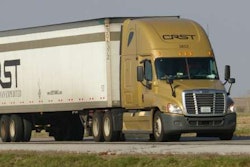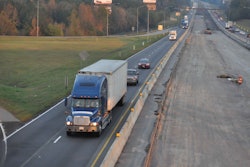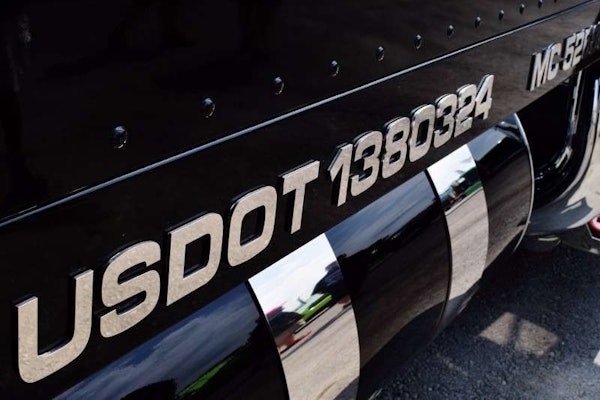“I live in, and drive for a commercial truck company based in, California. I was told by the safety officer that since it is a California company I need to by law take a 30-minute break every 5 hours. I looked up California OSHA to find it, but it didn’t tell me that Cal OSHA requires drivers to do so over federal law. Could you publish the answer on Overdrive?” –Bud
Short answer: The rules that require such breaks aren’t safety regs in the sense that FMCSA’s hours of service regulations are. Rather, they’re labor laws meant to put limits on employers, specifically the meal and rest break provisions of the regulations for transportation companies imposed not by OSHA but by California’s Industrial Welfare Commission. Quoting the text of the regs, No. 11 in this document, “No employer shall employ any person for a work period of more than five (5) hours without a meal period of not less than 30 minutes, except that when a work period of not more than six (6) hours will complete the day’s work the meal period may be waived by mutual consent of the employer and the employee.”
Long answer: Though the Federal Aviation Administration Authorization Act established federal pre-emption of state rules for intrastate drivers (also discussed in this linked post to the Channel 19 blog in the last couple months) and interstate drivers operate under the federal rules, the Ninth Circuit federal court of appeals in California opened up a can of worms in recent times, with federal DOT’s apparent blessing. As reported here in Overdrive in 2014, a case brought by three drivers against Penske Logistics established court precedent that drivers are entitled to the meal break every five hours as required of employers to provide (likewise a rest period of 10 minutes every four hours).
Further language from the California commission’s regs themselves about the meal periods (No. 11, as stated), and there’s similar language relative to the break periods (No. 12), specify penalties for employers for not complying:
- Unless the employee is relieved of all duty during a 30 minute meal period, the meal period shall be considered an on-duty meal period and counted as time worked. An on-duty meal period shall be permitted only when the nature of the work prevents an employee from being relieved of all duty and when by written agreement between the parties an on-the-job paid meal period is agreed to. The written agreement shall state that the employee may, in writing, revoke the agreement at any time.
- If an employer fails to provide an employee a meal period in accordance with the applicable provisions of this order, the employer shall pay the employee one (1) hour of pay at the employee’s regular rate of compensation for each workday that the meal period is not provided.
Absent the written agreement mentioned in the first bullet above to in essence waive the break (and be paid for the time), that penalty of an hour’s pay for not allowing for the break makes for an attractive carrot for a class-action lawyer, particularly in the case of large companies with many employee drivers. Employers in California, in order to avoid the kinds of complaints seeking class action status against a bevy of large fleets that have arisen since the Ninth Circuit’s precedent, are adopting a defensive posture and, it sounds like from your case, requiring all drivers to take the breaks.
Joe Rajkovacz of the Western States Trucking Association has warned of this sort of patchwork-de-facto-hours-regs situation in the recent past for employee drivers. An amendment to the highway bill that was ultimately excluded from the final legislation would have re-established federal pre-emption of state hours/wage laws of this type. Its failure was, in part, a direct result of driver advocacy against it (the Owner-Operator Independent Drivers Association also opposed).
Rajkovacz wondered over some of the opposition in an editorial published in his association’s magazine recently: “What is the number one ‘ask’ of all truck drivers when it comes to the hours of service regulations?” he asked. “It is flexibility. Drivers don’t want to be placed in a straight-jacket by needing to adhere to ridiculous and conflicting regulations. By allowing California to mandate compliance with its own unique work rules plus needing to comply with federal requirements, many drivers are now going to be placed in that proverbial straight-jacket under penalty of termination if they don’t comply.”
The good news might be, hey, a 30-minute break after five hours on-duty ought to cover you for the federal 30-minute break.
Unless, of course, you get close to 11 hours on-duty for the day with significantly more time to go, in which case you’ll get to log another one.
Read more on all these issues via the links below.










